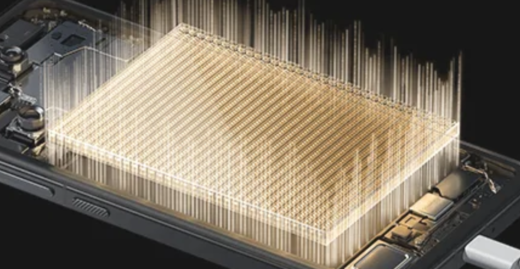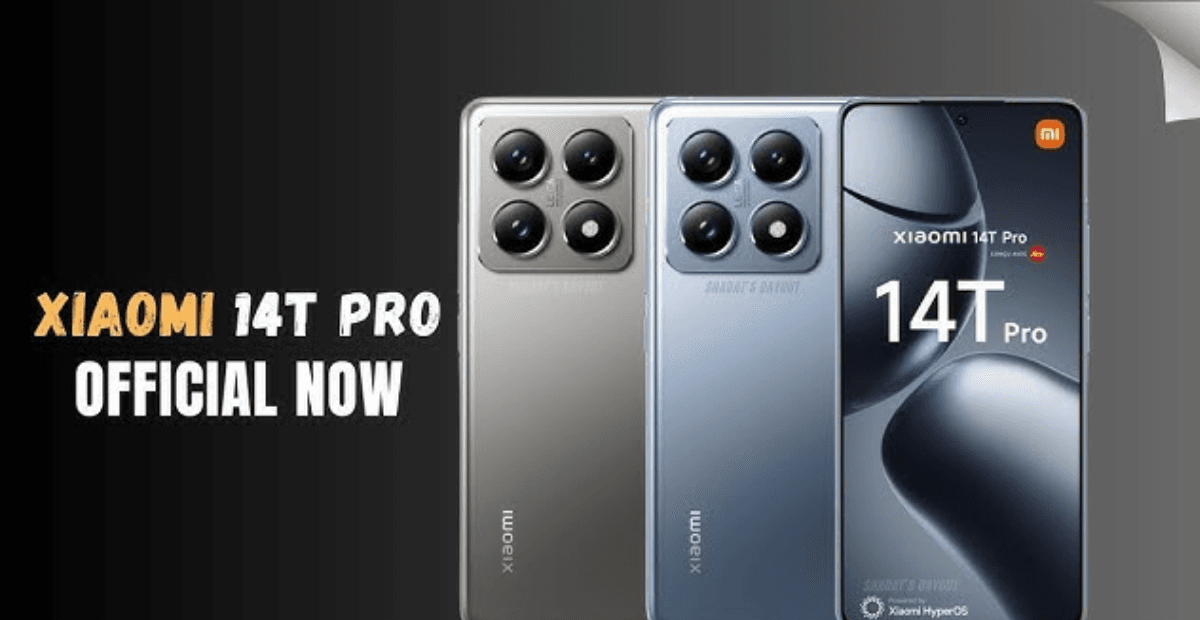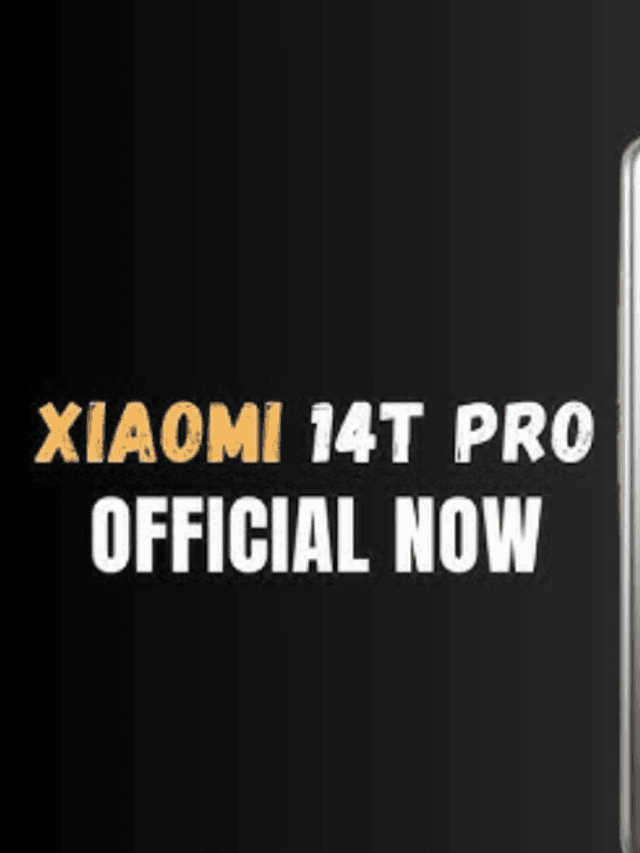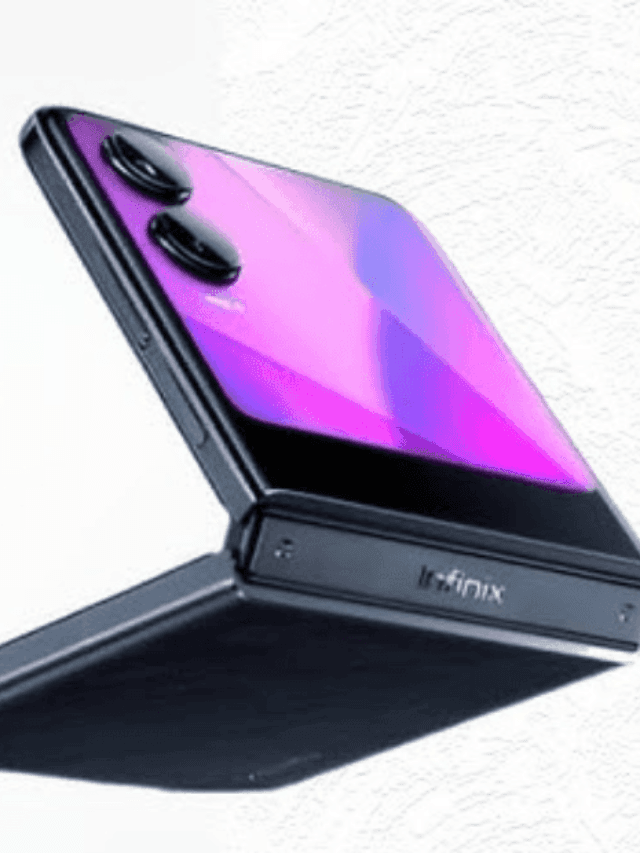The best of Xiaomi’s 14T Pro mid-year refresh offers a flagship-class experience for far less than the standard 14 series.
Introduction
The T-series smartphones from Xiaomi are a mid-year update that builds upon the company’s existing flagship portfolio. The Xiaomi 14T Pro seeks to do precisely that, emphasizing performance, display, and camera capabilities in a more cost-effective design.
Compared to other models in the line, this generation seems like it makes a more significant advancement because it is the first to have wireless charging and the first T-series device to highlight the most recent AI capabilities from Xiaomi and Google.
If you are wondering how the Xiaomi 14T Pro differs from the regular 14T that it debuted alongside, the highlights for a little more money include a beefier chipset, faster wired charging (in addition to the previously mentioned wireless charging), and an improved 50MP lead camera. Both devices share the same great 6.67-inch display and large 5,000mAh battery.
Important Elements
Sleeper strike
- The A series silicon in the iPhone and the highest-end Snapdragons frequently outperform MediaTek mobile processors, but benchmarks and in-the-field testing show just how much power the Xiaomi 14T Pro specially tuned Dimensity 9300+ packs.
solid base
- The Xiaomi 14T Pro has a strong Dimensity processor and a standard configuration that includes 12GB of RAM and 256GB of storage, so even the most basic setup has enough ability to handle quick multitasking and store all of your media.
deadly exhibit
- The Xiaomi 14T Pro’s 1.5K 144Hz “CrystalRes” AMOLED display, with even bezels, boasts a peak brightness of 4,000nit and a 12-bit color depth.
Xiaomi 14T Pro : Design
- The strong new “Deco” design language
- IP68-certified to withstand water and dust
- offered in Titan Black, Titan Blue, or Titan Gray.
I’m conflicted on the design of the Xiaomi 14T Pro. Its regular Xiaomi 14 series gives it a more unified appearance, which is something I enjoy about it. Its predecessor eschewed this in favor of a very distinct and obviously unconnected style. However, other from that, I find Xiaomi’s “Deco” look to be a tad uninspiring.
While the gadget is undoubtedly well-made, it does not flow as beautifully as other of the company’s earlier offerings due to the choice of shapes and surface treatments.
Having said that, the Xiaomi 14T Pro is unquestionably a technological advancement. With a straight-edged aluminum alloy frame that is 116% stronger than the one on the Xiaomi 13T Pro, it has the same flagship-class IP68-certified protection against dust and water introduced to the 13T series.

With a weight of 209 grams, the phone is substantial and possesses a certain presence, particularly in the Titan Black model that we reviewed. Elements like the rough metal power button further support this notion.
Although the border of the phone’s 3D curved glass back helps to soften the otherwise bold appearance of the aluminum frame, the ergonomics of the phone’s edges do not improve it to the same degree as phones like the Xiaomi 14 or the iPhone 16 Pro. While the textured rear glass effectively deters fingerprints, it also has a slightly slick, Teflon-like feel to it.
Xiaomi 14T Pro : Screen
- 6.67-inch AMOLED “CrystalRes” display
- “1.5K” resolution, 2712 x 1220
- Maximum dynamic refresh rate of 144 Hz
Little about the Xiaomi 14T Pro’s display has been revealed that has not already been said about the panel on its predecessor; the only significant change is that it has even higher brightness values (up to 1,600 nits in high brightness mode and 4,000 nits at its peak output), which further enhance the appearance of HDR content and outdoor legibility in direct sunlight.
The flat display offers excellent graphics with the deep blacks and vibrant colors you would expect from a premium OLED panel, thanks to its support for 12-bit color depth, HDR10+, and Dolby Vision. It also has the greatest screen-to-body ratio of any T-series phone to date (93.3%). Excellent viewing angles are also present, with almost little color distortion and a very slight brightness loss when seen from an oblique angle.

The primary warning sign I would put on the Xiaomi 14T Pro’s display is that, despite its impressive-sounding top refresh rate, you will not often use it. The majority of the user interface seems to operate at 120Hz at most, regardless of whether I had Performance mode on or not, and the phone’s maximum frequency only really shows up in benchmarking apps like GFXBench.
The Xiaomi 14T Pro would not go over 120Hz, even when the graphic settings were lowered in games like Minecraft and uncapped frame rates were enabled (a game that is known for running uncapped).
Xiaomi also packs a ton of capability into its phone’s screens; the 14T Pro’s panel, for example, has AI-controlled dynamic color temperature and a ton of manual viewing experience customization options available in the phone’s settings. Comfortable viewing in low light is ensured with a 3,840Hz PWM dimming and a hardware-based blue light filter approved by TÜV Rheinland.
Xiaomi 14T Pro : Performance
- Dimensity 9300+ SoC MediaTek
- 16GB or more of LPDDR5X RAM
- 1TB maximum UFS 4.0 storage
I was not ready for the amount of oomph Xiaomi was going to put within the Xiaomi 14T Pro. Although benchmarks are not always reliable indicators of performance, the phone’s new 4nm Dimensity 9300+ chipset blew through Geekbench 6 testing, producing results that outperformed industry titans like the Qualcomm Snapdragon 8 Gen 3–powered Asus ROG Phone 8 Pro (with X Mode activated).
The phone’s “3D IceLoop” cooling mechanism clearly uses aggressive thermal management behind the scenes, so performance will suffer during prolonged gaming sessions. Nevertheless, gaming performance was also appropriately excellent.

With a maximum 16GB of RAM and an incredible 1TB of storage available in most markets—a greater limit than that of the basic 14T—the 14T Pro is likewise well-equipped to multitask.
For most users, even the standard 12GB RAM and 256GB storage should be sufficient. This is because UFS 4.0 storage, which is fast and energy-efficient and is similar to what devices like the Samsung Galaxy S24 Ultra have, can double as additional RAM, with up to 12GB of extra space that can be allocated through the phone’s settings.
Similar to its predecessor, the 14T Pro supports the state-of-the-art WiFi 7; Xiaomi’s Surge T1 Tuner uses AI-driven optimizations to provide about 12% more consistent WiFi and Bluetooth performance as well as a 20% increase in GPS dependability. Undoubtedly, inclusions that are challenging to verify contribute to the overall comfort level of the process.
Xiaomi 14T Pro : Camera
- 50MP primary sensor, Xiaomi Light Fusion 900
- 50MP wide-angle + 12MP telephoto (2.6x)
- Up to 30 frames per second in 8K video
Despite the 14T Pro’s apparent use of the well-known 50MP + 50MP + 12MP rear camera configuration from the previous generation, the primary sensor is now Xiaomi’s 1/1.36-inch Light Fusion 900 sensor. It is the same 50MP sensor that made its debut in the Xiaomi 14 standard, and Leica, a longtime partner, provides optical expertise once more.
Leica Authentic adds a vignette to scenes and is not afraid to keep shadows in-scene, which is refreshing when Google and Apple’s imaging pipelines seem to hate shadows in 2024. You have to choose between shooting with Leica Vibrant or Leica Authentic. Personally, I prefer the “vibrant” stock for general smartphone photography purposes (for social media or to throw onto my TV).
To make the 14T Pro a truly exceptional camera, Xiaomi has to improve its dynamic range and focusing performance. Although the manufacturer boasts of the Light Fusion 900’s “amazing 13.57EV high dynamic range” and “FusionLM algorithm,” I discovered that it struggled to adequately reconcile the extremes of light and dark in high contrast scenarios, which typically meant that shadow information was lost and the image seemed flat.

In a similar vein, autofocus had a tendency to grab farther back into the picture than I was usually going for; this was not a constant problem, but I had to correct for it several times, particularly when photographing people and pets instead than landscapes and the like.
Although neither problem significantly reduced my pleasure of shooting with the Xiaomi 14T Pro, I believe Xiaomi must to take these issues into account for further software upgrades that enhance cameras.
If the Xiaomi 14T Pro’s camera system were not able to apply a little optical magic reminiscent of the exceptional Xiaomi 14 Ultra (one of the best camera phones available right now), at four different focal lengths, you would think that the excellent natural fall-off would negate the need for portrait mode.
Although an astounding addition, video at up to 8K at 30 frames per second is only the tip of the iceberg in terms of the Xiaomi 14T Pro’s extensive feature set for video capture. The MasterCinema profile gives footage a more cinematic appearance; Movie mode allows you to capture in a 2.39:1 aspect ratio with more depth of field, but it is only available for Full HD resolution; and Director mode offers manual controls, levels, a histogram, and the ability to connect to and control the cameras of multiple other Xiaomi devices remotely.
However, noise and other artifacts can creep in if the sensor does not get enough light, with dynamic range once again being a notable hardware limitation. Nevertheless, actual video quality produces pleasing results, with good stability, pleasant colors, and the phone handles motion well enough. It should be noted that HDR shooting can be toggled on, which helps with blown out parts of a scene.
Xiaomi 14T Pro : Software
- Launched on top of Android 14, Xiaomi HyperOS
- OS updates for four years and security updates for five years
- incorporates Google and Xiaomi AI features.
Speaking of cameras, Xiaomi handles AI picture processing in a far more limited way than companies like Google. Xiaomi leaves the majority of its AI-based features and processing to its Gallery app after the fact, whereas Pixel phones front-load a ton of features and processing at the moment of capture (like the recently announced shooting mode, “Add Me”).
Most of the 14T Pro’s AI capabilities are related to image, and they were first introduced with the Xiaomi 14 series earlier this year. AI Portrait is a much more bizarre feature that takes a series of photos of the same person and uses them to create a persistent model that can be inserted into text-based image generators with surprising fidelity. AI Expansion uses generative fill to let you crop out from an image and fill in the border created with generally passable results.
Is that awesome? Yes. Is it unsettling? Yes, as well. Is it beneficial? Answer not clear.
The Notes and Recorder applications on the Xiaomi 14T Pro also have AI capabilities such as speaker recognition, transcription, and translation. In actual use, it is a touch rudimentary, but not any more so than I have encountered with comparable attempts from companies like Samsung.

If it is functioning right now, it will only become better from here and probably develop into a feature that people like journalists and students would cherish above everything others. The 14T and 14T Pro are expected to have Google’s Circle to Search, which debuted with the Galaxy S24 series earlier in 2024, but not until October of this year. Consequently, it is not yet possible to test the device.
In addition to the excitement around AI, the Xiaomi 14T Pro is the first model in the series to ship with Xiaomi’s updated HyperOS user interface rather than MIUI. In actuality, if you have used a MIUI device, you may need to spend some time learning about HyperOS in order to distinguish between the two.
improved device interconnectivity (mostly with other HyperOS-powered and Xiaomi-made devices), improved optimization, and a reduced install size on your device’s storage are the main benefits that lie behind the scenes.
It is definitely not feature-poor as far as Android-based user interfaces go, but it also makes it a little daunting. As Xiaomi’s smartphone lineup moves down in price, it also appears that more bloat and ads will be added. I tested a Xiaomi 14T Pro, which came pre-installed with Opera, Chrome, and the Mi Browser. Third-party apps, such as Spotify, TikTok, and Booking.com, will also likely be included.
In addition, I observed advertisements in more locations than in past MIUI/HyperOS experiences I have used, including the Theme shop, Xiaomi’s Game Turbo overlay within games, and home screen folders.
Xiaomi 14T Pro : Battery
- A 5,000 mAh capacity battery
- 50W wireless, 120W wired charging
- The packaging does not include a power adaptor.
The Xiaomi 14T Pro, which has a 5,000mAh cell that supports the company’s 120W fast-charging technology, carries on the line’s tradition of large batteries and remarkably quick charging.
Although my tests did not meet Xiaomi’s advertised 19-minute full recharge time (I routinely hit 100% in approximately 23 minutes), quick is still fast. Even the phone’s Top Speed setting, which suggests even faster recharging at the risk of heat buildup, is not something I activated.
The one drawback is that, in contrast to the Xiaomi 13T Pro, the Xiaomi 14T Pro does not, in the majority of regions, come with a power adapter within the package. To test the phone, Xiaomi provided me an official 120W charger; but, if you would want to have one too, it would set you back £39.99 in the UK.

With a peak speed of 50W and a recharge period of around 45 minutes, the 14T Pro is also the first in the series to support wireless charging, which helps to lessen the blow. In actual use, I found the added ease to be quite helpful.
The display’s AdaptiveSync technology is one of several technologies working to keep the Xiaomi 14T Pro running for as long as possible on a single charge. It scales the refresh rate between increments of 30Hz, 60Hz, 90Hz, 120Hz, and 144Hz, depending on the scenario.
Even though the addition is very welcomed, I can not help but feel that power efficiency would have been even higher if Xiaomi had just chosen an LTPO panel with a really dynamic refresh rate (the Xiaomi 14’s display, for instance, can scale from 1Hz to 120Hz).
At 6.75 hours of screen on time, the 14T Pro’s endurance isn’t to be sneered at, surviving a day of heavy usage or a day and a half if you’re careful; I simply expected it to last much longer, considering the big 5,000mAh battery on board.
Also Read |Official iQOO Z9 Turbo+ Best design unveiled ahead of China launch
Also Read |Apple Watch Series 10 Launched: What Indian Buyers Should Know
Also Read |What’s New in the Leaked Galaxy Z Fold 6 FE Image? Here’s a Breakdown
Disclaimer : The Price & Specs May Be Different From Actual. Please confirm with the retailer before ordering.
IMPORTANT: Please always check and confirm the above details with the official notification / website.










